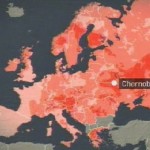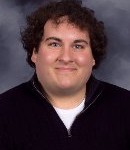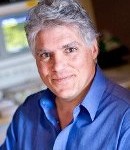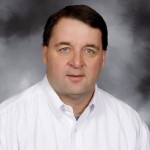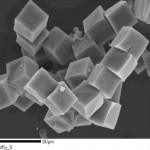4.0 Students (EMSE)
Deane, Kyle J SR EMSE
Honkanen, Katri E SU EMSE
Michels, Taylor J SR EMSE
Taylor, Lance P SR EMSE
Wittbrodt, Benjamin T SR EMSE
Wyzlic, Michael P SR EMSE
3.50-3.99 Students (EMSE)
Anderson, Shane M FR EMSE
Bryant, Caleb R SR EMSE
Deming, Carol J SR EMSE
Dillon, Jesse R SR EMSE
Freiberg, Daniel S JR EMSE
Glover, Alexandra G SO EMSE
Greutman, Stephen K FR EMSE
Heck, Sara M SR EMSE
Kraft, Nicholas J SR EMSE
Laureto, John J SR EMSE
Michael, Kelsey R SR EMSE
Mulder, Meredith L SR EMSE
Nigro, Elizabeth A SR EMSE
O’Connor, Austin D FR EMSE
Roeser, Mackenzie T SR EMSE
Sahr, Alyssa M SR EMSE
Steele, Alicia M SR EMSE
Thiel, Alexander F JR EMSE
Tianen, Matthew N SO EMSE
Villeneuve, Bradley J FR EMSE
Waterman, Thaddeus W SR EMSE
Wolbeck, Emily C JR EMSE
Wong, Matthew J SR EMSE
